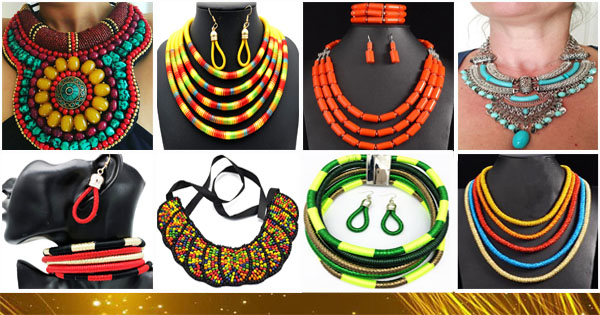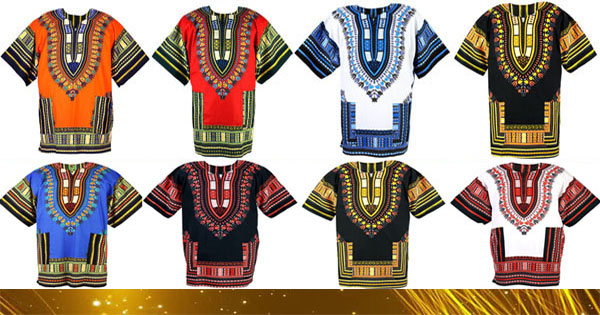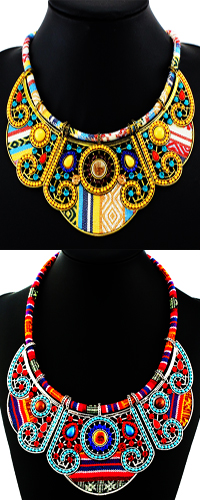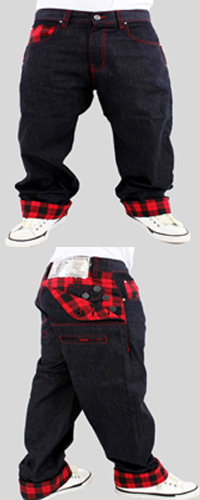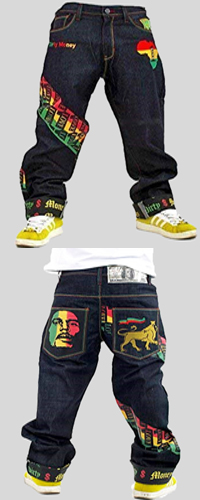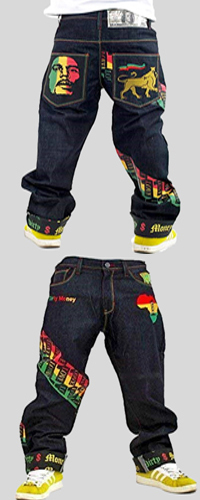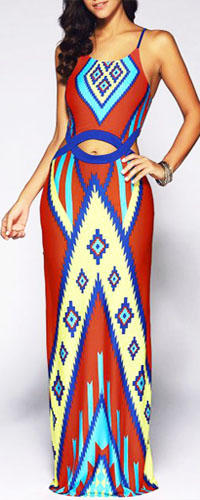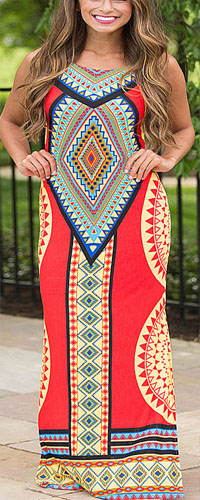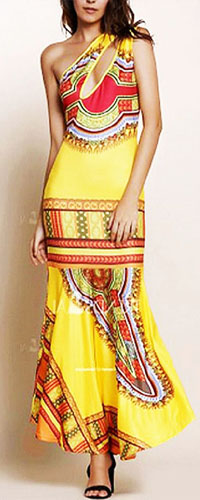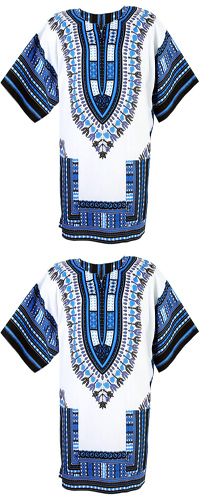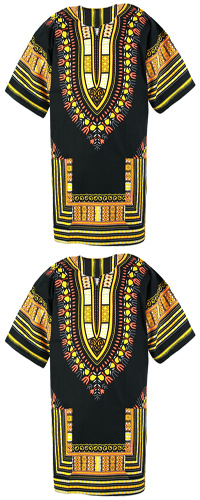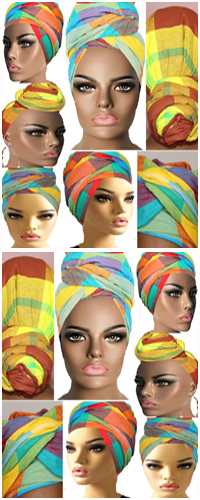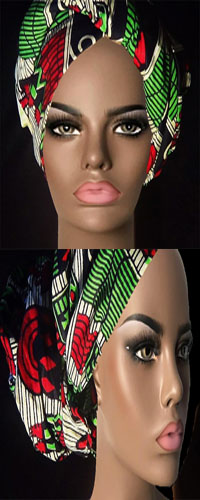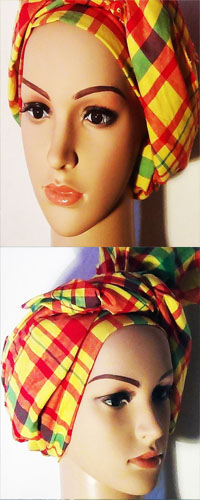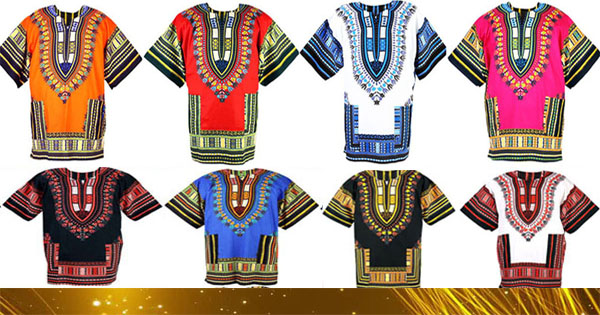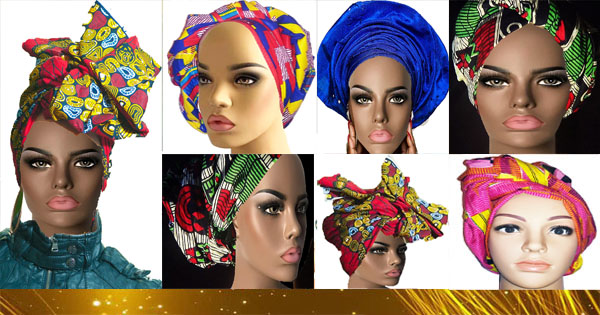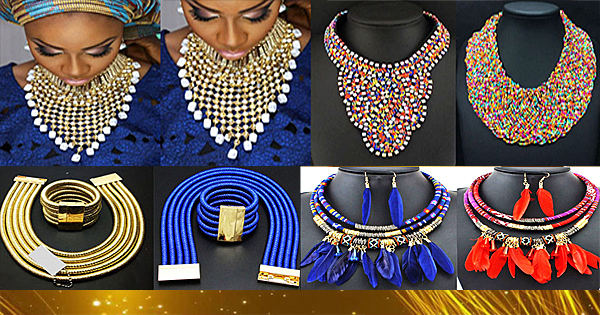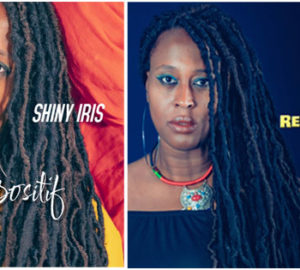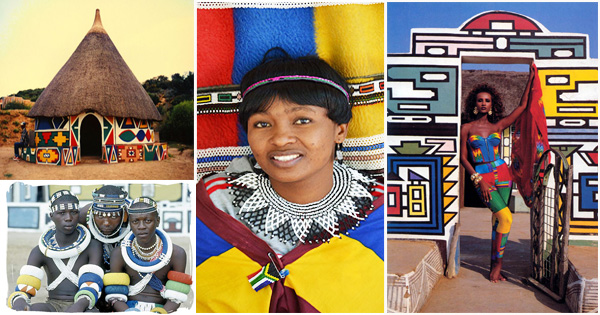
Ndebele art is considered a model of aesthetic and architectural order in the world.
Ndebele art: a South African wonder
Who are the Ndebele?

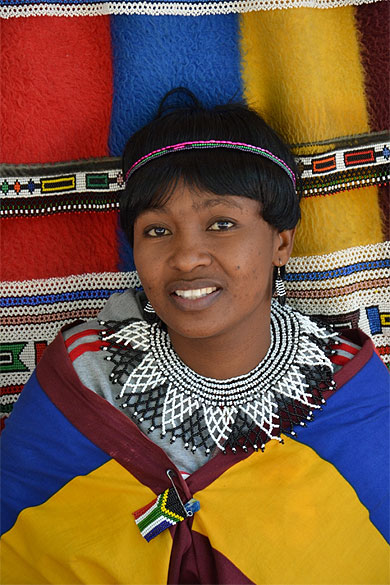 The Ndebele are a people of Bantu ethnicity and are part of the Nguni group living in South Africa. The Ngunies are four Bantu ethnic groups that are Zulu, Xhosa, Swazi and Ndebele. In the sixteenth century, the Ndebele, breeders, arrived from Natal. They will immigrate and settle in North-East of South Africa, in the transvaal region called “KwaNdebele” (Ndebele dialect), not far from Pretoria, in the north of Zulu country. In the Ndebele people, there are four sub-tribes. Among these sub-tribes are the Manala and Ndzundza (20,000 people) living in Pretoria and the Mpumalanga region. Today, we find the Ndebele in Zimbabwe and South Africa. In the 19th century, following two numerous quarrels in the Zulu country, some Ndebele will be hunted. They will move to Zimbabwe to live in peace.
The Ndebele are a people of Bantu ethnicity and are part of the Nguni group living in South Africa. The Ngunies are four Bantu ethnic groups that are Zulu, Xhosa, Swazi and Ndebele. In the sixteenth century, the Ndebele, breeders, arrived from Natal. They will immigrate and settle in North-East of South Africa, in the transvaal region called “KwaNdebele” (Ndebele dialect), not far from Pretoria, in the north of Zulu country. In the Ndebele people, there are four sub-tribes. Among these sub-tribes are the Manala and Ndzundza (20,000 people) living in Pretoria and the Mpumalanga region. Today, we find the Ndebele in Zimbabwe and South Africa. In the 19th century, following two numerous quarrels in the Zulu country, some Ndebele will be hunted. They will move to Zimbabwe to live in peace.
In the past, the Ndebele were very powerful warriors and owned many lands. For five years, the Ndebele fought valiantly against the Boers (armies of the Zuid Afrikaanse Republiek). The intense war between the Boers and the Ndzundza, led by Chief Nyabela, was merciless. But in 1883, they lost the battle. Unfortunate, they were forced to abandon their lands in the hands of the Boers. They also had to face the worst punishments imposed by the Boers. The Boers forced the Ndzundzas to become servants. They worked the farmland they had previously owned for a period of five years..
The characteristics of Ndebele art
Ndebele architecture is considered a model of aesthetic and architectural order in the world. The art of the Ndebele, to heavily, was influenced by their neighbors Sothos. She mixes painting with architecture.
- A colorful architecture with geometric patterns
Each Ndebele house is decorated with bright colors and geometric patterns. The colorful patterns are painted inside and outside the walls. There is no representation of objects or animals on the murals of the Ndebele houses. Generally, the motifs are geometric and non-figurative.
 |
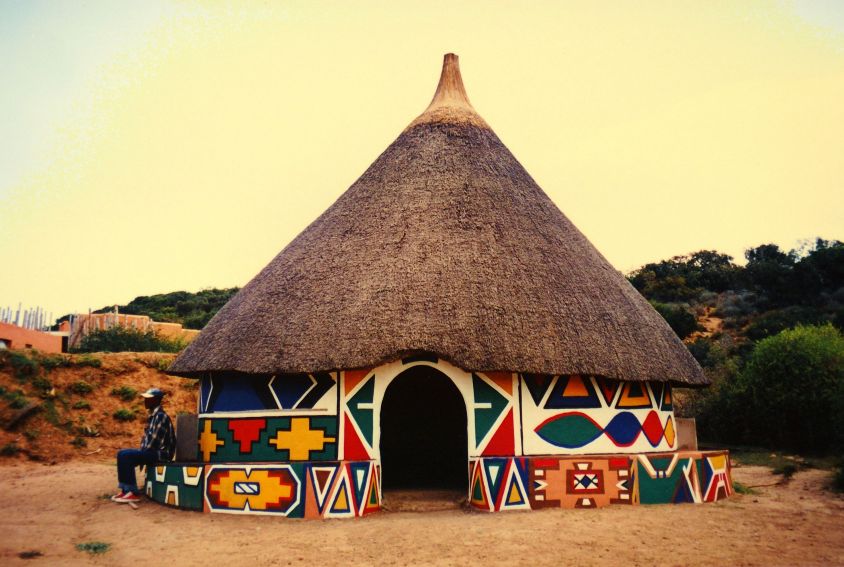 |
 |
- Creative work well divided between men and women
Construction, the work of men
Men’s mission is to take care of the architecture of the habitat and its construction. Men handle heavy tasks such as building a wooden frame or grass thatch cover.
The Ndebele houses are built with dried mud, branches, clay, tree trunks and a mixture of dung.
The notion of space is very important in the construction of Ndebele houses. The Ndebele house is rectangular in shape and is built in a closed set of houses. It consists of a covered part, a front yard and a wall. The basic house model is a rectangular courtyard, with the main house in the center. The outside room is reserved for cooking, washing and socializing.
Ndebele men are often polygamous. The space also delimits the different courts of the wives. The territory of each woman is very well delimited with a courtyard, house and pavilions.
The wealth of Ndebele men is seen through the number of cattle they own. Only a man with several cattle could afford to marry.
The patterns and colors of art Ndebele can tell you if a woman is married, single, has children, but also indicate the region and the social position of the latter.
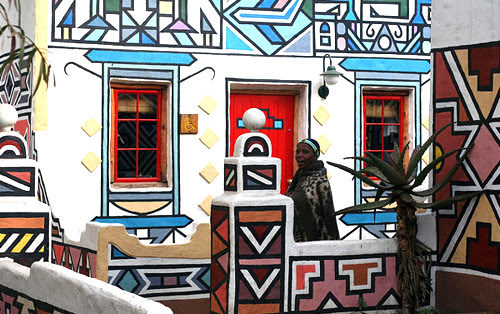 |
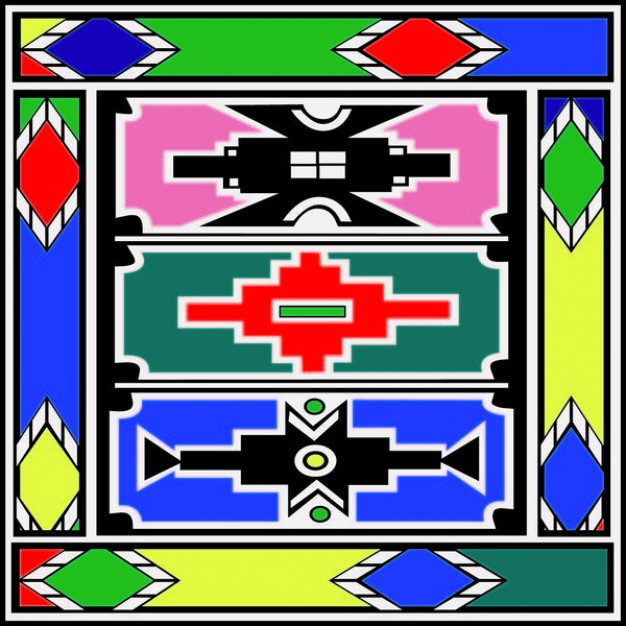 |
 |
 |
The initiatory painting, the work of women
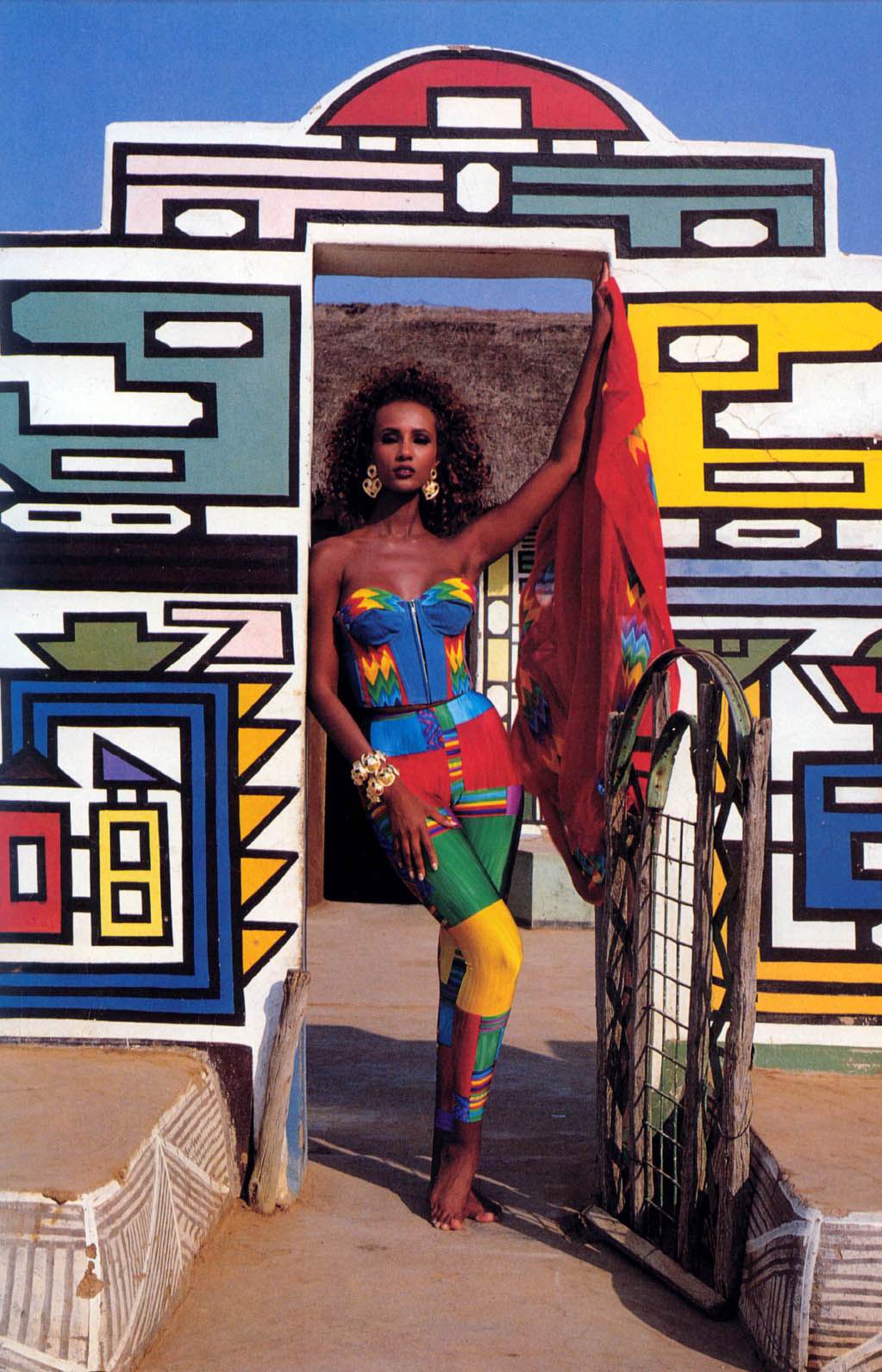
Women, on the other hand, paint the house facades and the walls with bright colors.
Women hold the knowledge and know-how of pearl jewelry, murals, but also ritual objects.
The murals express the identity of the Ndebele people, ceremonies of rites of passage and initiation, prayers, values and feelings. For example, during the circumcision ceremony, young boys leave for three months in the hills. During this time, their mothers paint the walls of the house. This is called the motif of the “razor blade”
Ndebele painting is an initiatory painting, as women introduce young girls to mural painting, jewelery making, and ritual objects. It is clear that Ndebele motifs are passed from mother to daughter.
Ndebele style and shapes are an abstract art. This art expresses the identity, ceremonies of rites of passage and initiation, membership of the clan, marriages of the Ndebele people.
How do they paint the wall façades?
- First, women share the walls in sections.
- They make chalk lines diagonally across each section.
- Then, they paint the black outline of each section.
- The painting is done by show of hands.
- Then we fill the black contours with the color and the white spaces.
- The last step is to repaint or retouch the black outlines.
- Ndebele women have a diverse art
As I mentioned before, the art of women Ndebele does not stop only in painting. Ndebeles women make beautiful pearl jewelery, colorful clothing and ritual pottery.
The magic pearls of women Ndebele
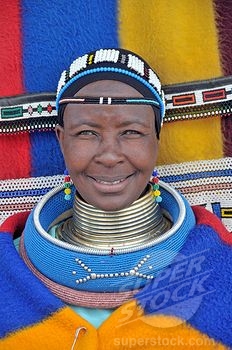
Ndebele women are renowned for their extreme ability. Around the world, they are known as women who wear rings around their necks, but also for their beautiful pearl jewelry. They wear ornaments, which can weigh more than 25 kg.
The number of beaded necklaces around their necks corresponds to the reputation of sexual health and the wealth of the groom. The activity of creating pearl jewelry, is a traditional task.
Once her house is built, married women wear copper and brass rings around their necks, arms and legs. All this symbolizes their bond and loyalty with her husband.
To summarize, women wore grass neck circles (called Isigolwani). This was the case for women whose husbands have not yet given birth or for those of marriageable age after the initiation ceremony.
When the husband dies, the women remove their rings. In the Ndebele, the rings have a great ritual power.
Today, this custom has changed. Women are no longer forced to wear their collars all the time.
Colorful clothes
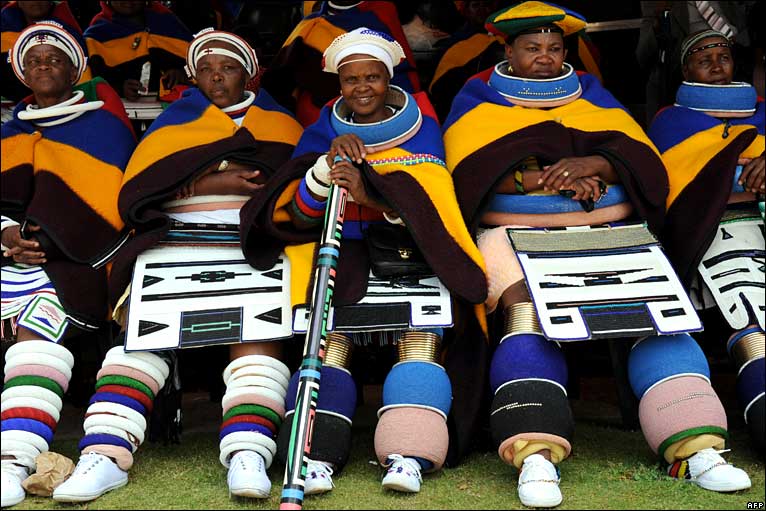
 Ndebele women wear very colorful clothes. After the wedding, they wear colorful and spectacular dresses.
Ndebele women wear very colorful clothes. After the wedding, they wear colorful and spectacular dresses.
In addition, she also wears a five-fingered apron (called Ijogolo). This apron expresses the culmination of the marriage, after the first child is born.
Throughout the life of the woman, married women wear a wedding blanket (called Nguba), which is decorated with pearls.
Married women also wear a headgear by adding a pearl headband or a knit hat. While doing pearl styling (called Amacubi). Headgear expresses submission and respect to the groom.
If you see a Ndebele woman with long strips of pearls. This means that the woman has reached a high status and that her son has finally become a man by reaching his virility.
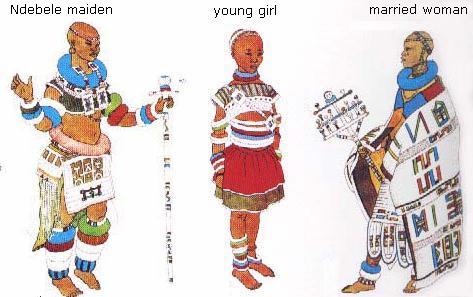
Ritual objects
 |
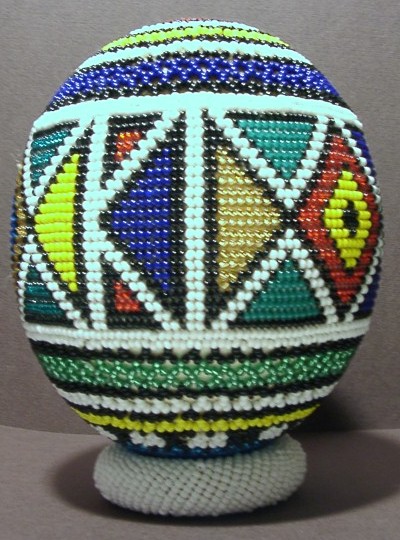 |
 |
Ndebele women carefully craft ritual pottery items.

An art in constant evolution
- At the time
Ndebele women painted the walls with their fingers. From 1960, they began using chicken feathers or brushes to paint.
Originally, they used earthy and natural pigments to paint their murals. The pigments are crushed and mixed with liquid to create a paint. The shades were 100% natural with ocher, brown, white and black colors. All the figures were drawn by hand.
Before, the size, the direction, the motive were more important than the polychrome color in aesthetics of the walls.
They painted in houses without water and without electricity.
- Nowadays
It is clear that the art Ndebele has modernized much compared to the time. With the discovery of acrylic and vinyl paints, the colors of Ndebele patterns have become brighter, more colorful and more vibrant.
Ndebele women no longer paint with their fingers. But, they are now using brushes. She adds blue, red, yellow, green colors to their designs.
Another important change is the addition of figurative motifs to those of geometric shapes. Indeed, the Ndebele are influenced by the outside world. From now on, their Ndebele houses have electricity, television. This is a real change for this people.
An art known to the public
From the year 1950, Ndebele art will be known to the general public. Ndebele painters will receive a source of income for their paintings.
The painter Esther Mahlangu Nikwambi is the first to have exported Ndebele art. In 1989, Esther exhibited in Paris, during the exhibitions of magicians of the earth. Esther Mahlangu is an example of a magnificent success of contemporary art Ndebele. His name is known internationally.
In 1991, Esther Malangu will be invited to paint a prototype of the new BMW 525i. This initiative comes from Hervé Poulain, racing driver, who wanted a car that combines his two passions. The car should highlight on one side motorsport, and on the other side art. Esther Malangu was successful and painted a remarkable car with unique colors. Esther’s car, 11th in the Art Car Collection, is the first to be decorated by a woman artist. The BMW Art Cars Collection, BMW’s Esther Mahlangu will never be subject to driving on the road, but it exists exclusively as a work of art.
In 2008, she was invited to paint another car. This is the model of the new Fiat 500. This car is beautiful. It mixes the sporty side with the Ndebele architecture.
Ndebele pearl jewelry creations are also known around the world. Most of the rich celebrities of the world appreciate the jewels they make.
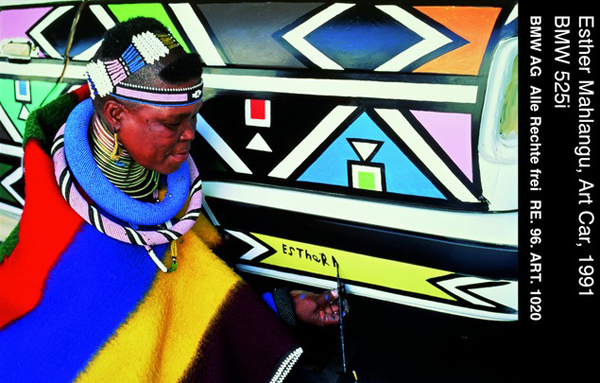 |
 |
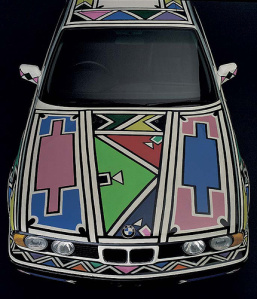 |
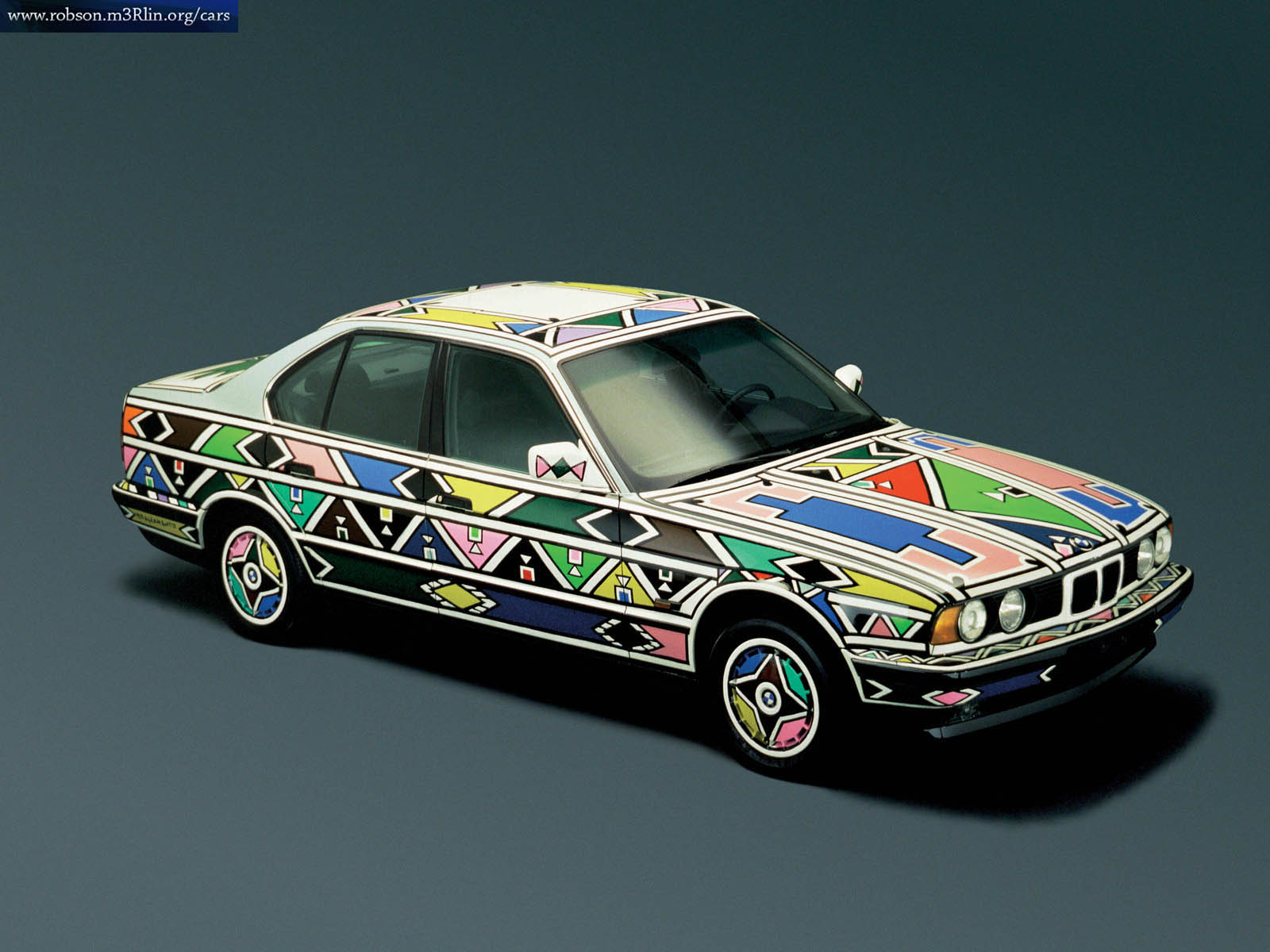  |
 |
 |
In conclusion, Ndebele art and architecture are unique. This art expresses ceremonies of rites of passage and initiation, the identity of the Ndebele people, their values and their feelings. But also, Ndebele art is a form of resistance of the Ndebele people against white Boer settlers and apartheid. Ndebele was a threatened crop. But, they struggled by drawing on all their creative powers. If you want to visit the Ndebele, go for a visit to the Mapoch Ndebele village, northwest of Pretoria..






